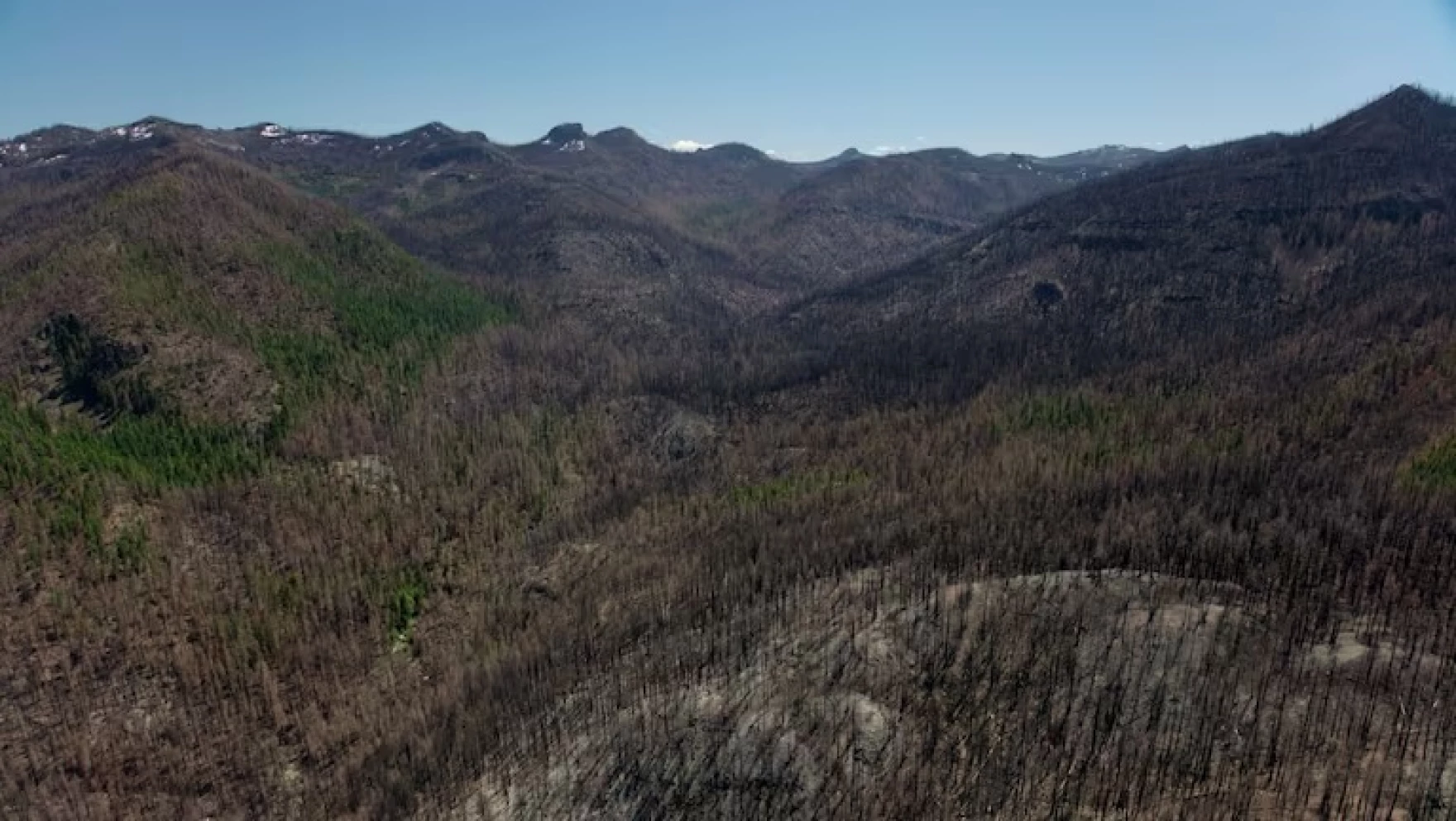A Legacy of Fire
Five years ago, the 2020 Labor Day Fires scorched more than one million acres across Oregon and Washington, leaving behind one of the most destructive fire seasons in modern history. While the initial blazes devastated entire landscapes, new research shows that the damage did not end when the flames went out.
Researchers at Portland State University (PSU) have discovered that many trees which initially survived are now dying off years later, raising new concerns about the long-term health of the region’s forests.
Fires That Reshaped the Cascades
The 2020 fire event was fueled by extreme winds that drove dozens of fires at once. Five of these grew into “megafires” — each consuming more than 100,000 acres on the western slopes of the Cascades.
Also Read
Yet wildfires rarely burn evenly. Terrain, wind, and forest management practices shape their severity, often leaving behind patches of seemingly untouched trees amid the destruction. These green “islands” serve as critical refuges for wildlife and as seed banks to help forests regenerate naturally.
Tracking the Fate of Tree Islands
For three years, PSU researcher Andrés Holz and his team monitored these surviving patches across five major fire scars: Beachie Creek, Holiday Farm, Archie Creek, Lionshead, and Riverside.
Their findings were sobering. Many of the tree islands that once appeared to survive have since disappeared. Mature conifers — Douglas firs, pines, and other cornerstone species — were especially vulnerable.
Using satellite imagery, the team found that smaller islands, those less than the size of a football field, often vanished by the third year after the fire. Overall, the amount of living forest within the burned areas shrank by 8.5% in just three years.
Why Delayed Death Happens
Holz explains that many trees were injured in the fires but clung to life before eventually succumbing. Others faced a different challenge: exposure.
In intact forests, trees shelter one another. Dense canopies block wind, retain soil moisture, and keep the ground cool. But when an island is too small, it cannot provide the critical mass of protection needed to survive. The result is a gradual die-off, even in areas that appeared untouched right after the fires.
Consequences for Wildlife and Recovery
The loss of these green patches carries major ecological consequences. Animals that rely on intact habitat — from birds to small mammals — are left with fewer places to live and forage.
Equally concerning, the disappearance of living tree islands means that large stretches of burned forest no longer have nearby seed sources. Researchers estimate that nearly 20,000 acres of forest lost access to seed banks within three years of the fires. Without these seed sources, natural regeneration slows, raising doubts about how quickly — or whether — these forests will return to their former state.
Guidance for Forest Management
The study highlights the importance of strategic forest recovery efforts. By identifying areas where living tree islands are most at risk, forest managers can prioritize replanting to ensure the next generation of trees takes root.
It also suggests caution when it comes to salvage logging. Removing surviving trees in fragile patches could erase the few sources of resilience left behind by the fires.
A Window Into the Future
The research, published in Landscape Ecology, paints a sobering picture of the challenges facing Pacific Northwest forests. While fire is a natural part of the ecosystem, the scale and intensity of the 2020 Labor Day Fires — and the delayed losses that followed — suggest that the landscape is entering uncharted territory.
Holz and his team believe their findings will provide valuable guidance for restoring forests in an era when megafires are becoming more common. But the study also underscores a stark reality: survival in the first wave of flames does not guarantee survival in the years to come.












